Dave Hakkens
We talk to the young mind behind a potentially revolutionary reimagining of mobile technology


We talk to the young mind behind a potentially revolutionary reimagining of mobile technology
“Why should I build a table or a chair? Those don’t feel necessary.” It’s a fair point. Do we really need another interpretation of the coffee table? Is creating a stripped-back yet conceptually daring kitchen the pinnacle of a designer’s potential? As far as Dave Hakkens is concerned, no, it definitely is not. “I’d rather solve a problem, instead of just making something that someone can buy,” says the Design Academy Eindhoven graduate – who is the current apple of Google’s eye. And problem-solve he does. The project that’s been his primary focus for more than a year, the one that alerted the world to the strength of his vision, is his graduate concept: Phonebloks.
Hakkens explains that the idea came when he needed to replace a broken camera. “I took it apart and noticed there were a lot of components in the device, and they were all still good. Only the lens was broken.” He found the amount of waste involved in our constant replacement of technology shocking. Whether we’re simply updating an outdated product or replacing an entire device because of a single broken part, the amount of functioning equipment that is thrown away is pretty depressing, not to mention environmentally destructive. Hakkens resolved to do something about it. “With your bike, if you have a flat tyre you fix it – but for some reason, with electronic devices we don’t do that.”
Phonebloks is a concept that could, potentially, transform the way we think about our electronic devices. Rather than existing as a single, self-contained piece of equipment, Hakkens proposes that devices like mobile phones, have interchangeable parts that can be rearranged, customised and, most importantly, replaced without the need to dispose of the rest of the device. “When we look back at computers 20 years ago we could still change parts. Nowadays that’s a lot more difficult,” he observes. And it’s true – aside from the more daring PC owners out there, when was the last time you tinkered with the RAM of your laptop or replaced the internal hard drive? “It is something that should change – it doesn’t seem right.”
I felt I had a vision with Phonebloks and I wanted to keep it alive, and also make sure it was made in the right way.
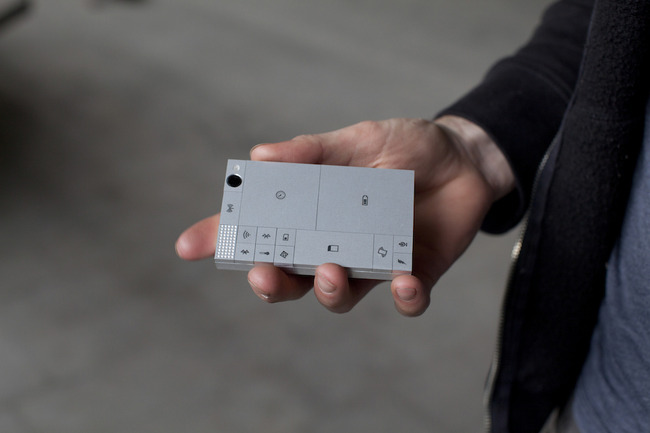
Were it adopted, the implications of such a conceptual overhaul would be far-reaching and powerful. What if Apple never needed to release a new iPhone? What if, instead of unveiling a new piece of “essential” hardware every few years (with an even better camera or quadruple the storage of the previous model) it simply released new components? Consumers could pick and choose depending on their needs. They would essentially be able to tailor their phones to suit their individual preferences, which would offer an unprecedented level of customisation and also prevent the unnecessary disposal that comes with the current system of waste/replace. “Don’t throw everything away and get everything new, because a lot of the stuff is still good,” says Hakkens.
Cautious of how disruptive his idea could be, Hakkens launched his graduate project with a single YouTube video in September 2013 rather than approaching manufacturers direct. Although just a simple explanation of the concept and the ideas driving it, the video caused quite a stir and, at the time of writing, had nearly 21m views. News outlets got wind of the potential of Phonebloks and soon Motorola was knocking at Hakkens’ door. “They were working on a similar project in their laboratory, so they asked me if I wanted to work on their project.” However, Hakkens wasn’t about to risk compromising his idea. “I wasn’t really interested in working with them, I felt I had a vision with Phonebloks and I wanted to keep it alive, and also make sure it was made in the right way,” he says.
Although Hakkens and his team of four volunteers “really support” what Motorola is doing and he acknowledges that this is a “great step in the right direction”, he is keen to maintain his trajectory. “As Phonebloks we’re independent, so if we don’t like something we change it.” This is an indisputably gutsy move for such a young designer – how many of his peers, fresh out of university, would turn down working with one of the largest electronics manufacturers for the sake of purity of vision? Apparently it “felt like the right thing to do”.
The goal of Phonebloks isn’t merely to produce a build-your-own phone – Hakkens’ ambition is considerably broader than that. Phonebloks is about fundamentally changing how people think about their technology. “The goal was, and still is, to inspire companies and get people to start working on this. It was never my intention to build a phone ourselves, it has much more impact if you change the industry.”
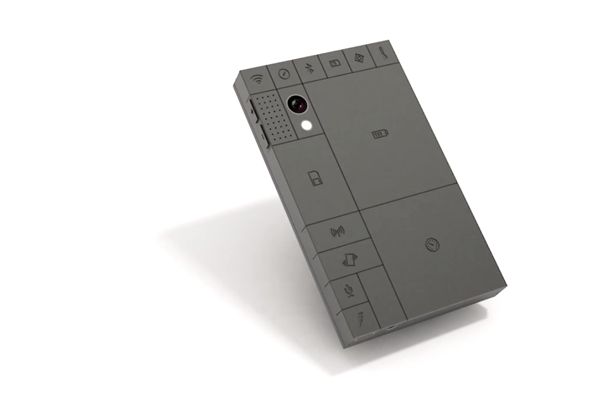
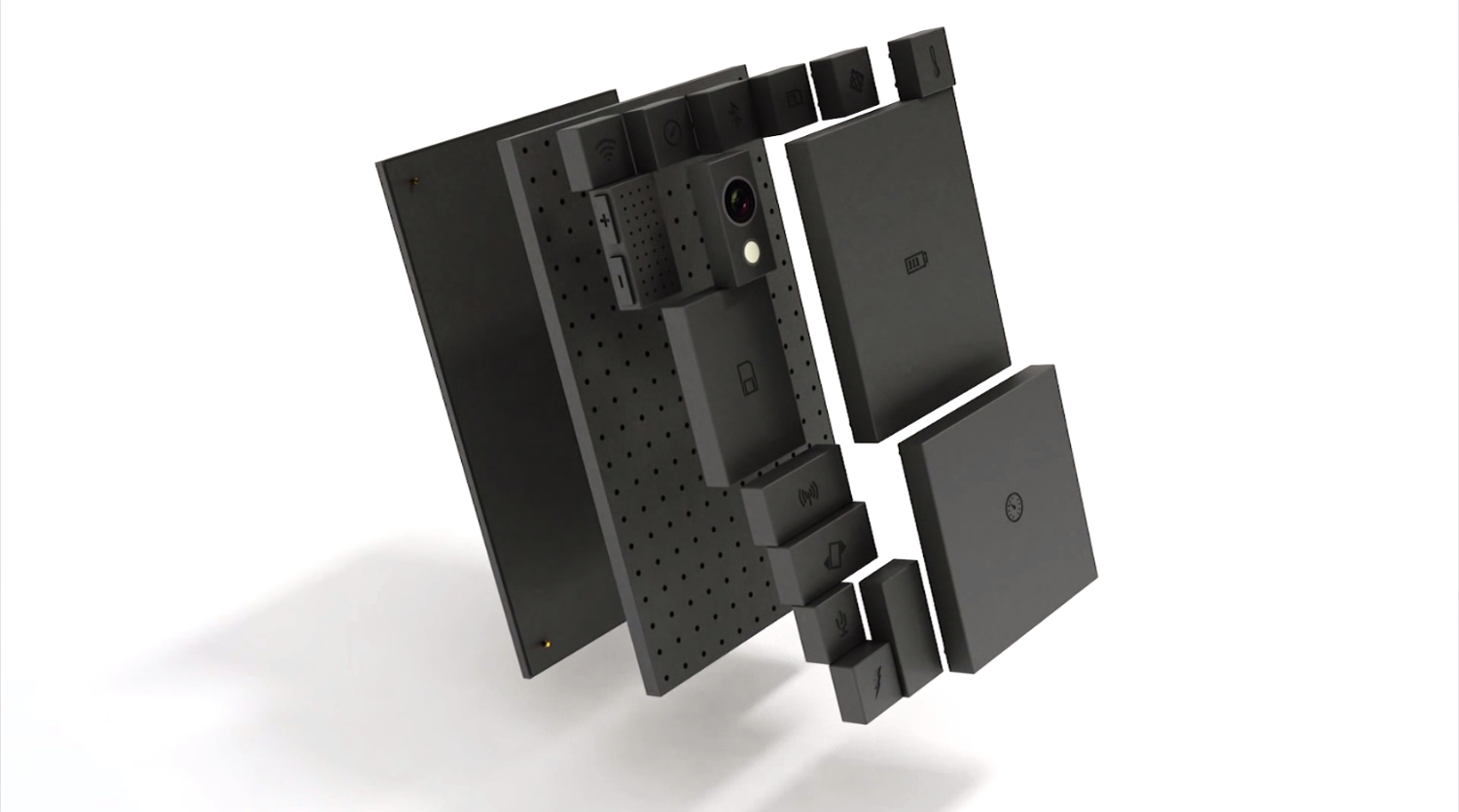
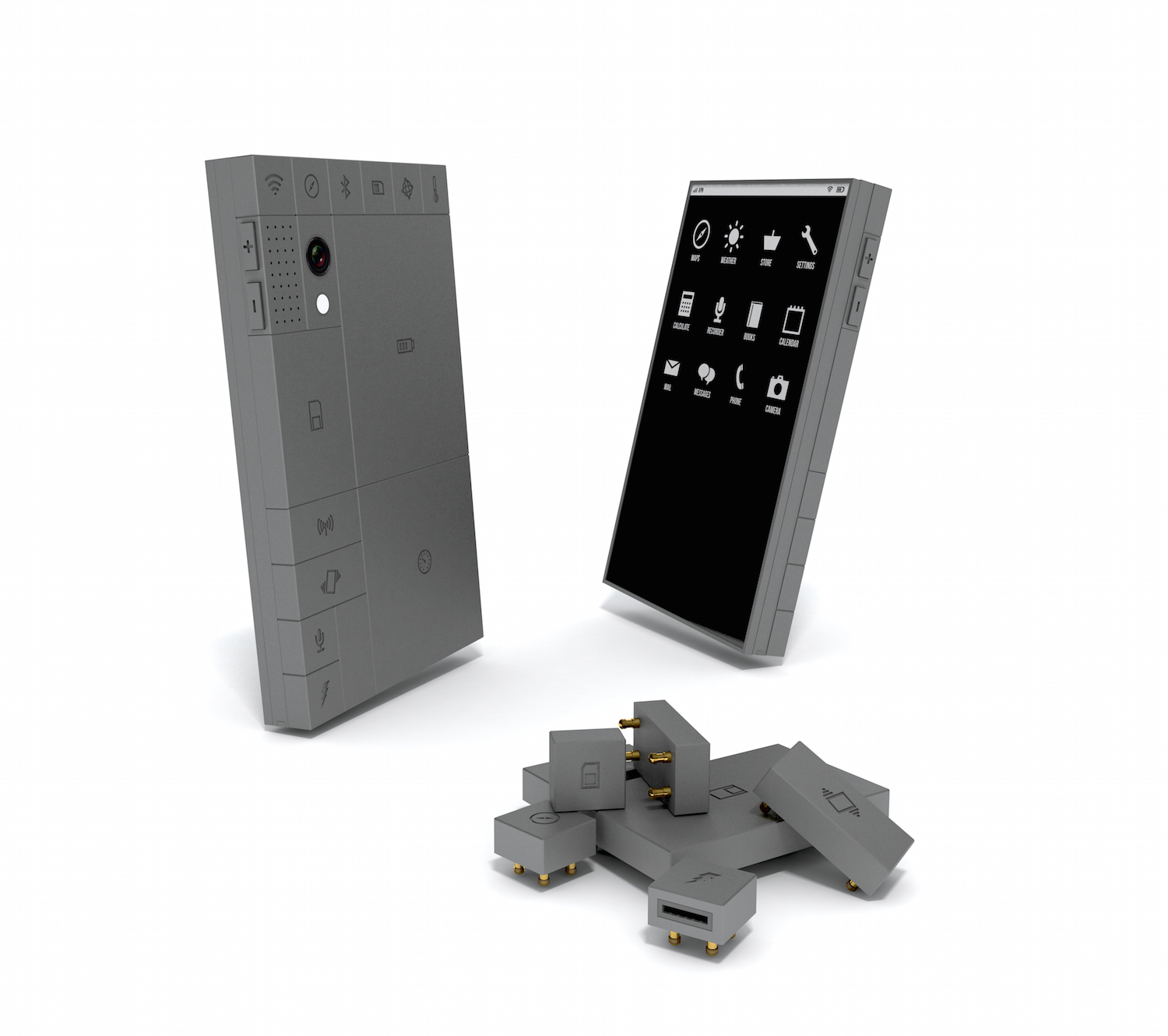
The next company to see the potential of Hakkens’ vision was Google (at the time, it was the parent company of Motorola; it sold the mobile tech giant in January). Google invited him to be part of Project Ara, its research and development initiative which is solely focused on exploring the possibilities of modular, component-based devices. “Half of Google said it’s not even possible to make a modular phone, and I said ‘we just have to find out’. And that’s what Google is basically doing, to see if it’s possible.” In Google, Hakkens has found a company with the scope of vision to match his own.
Despite the naysayers, who claim manufacturers are too entrenched in their ways for a shift this drastic to ever take effect, the odds seem stacked in Hakkens’ favour. “The future is that all of our devices are connected to the internet,” he says, describing the internet of things and how all our devices will soon be connected, monitoring ourselves and one another. “A toaster, a coffee machine, a television – everything,” he continues. “What if, in any of these machines, the Wi-Fi chip breaks? Do we throw away the entire thing? What if we have one Wi-Fi chip and it works on everything?” The Phonebloks model isn’t just limited to phones, it seems, but can be applied to all devices.
Hakkens’ grand vision is a universally accepted system that allows “Bloks” to work on all devices. “The idea is for there to be one universal app store for hardware, and companies can produce their own blocks,” says Hakkens. By making the technology simple enough for smaller manufacturers and companies to build with, Phonebloks could open the doors of hardware customisation wider than they’ve ever been. “There was this woman who wanted to have a glucose-meter Blok, because she had diabetes – she didn’t really care about a camera in her phone but she would buy a block like this. This would evolve the phone in a whole different way.”
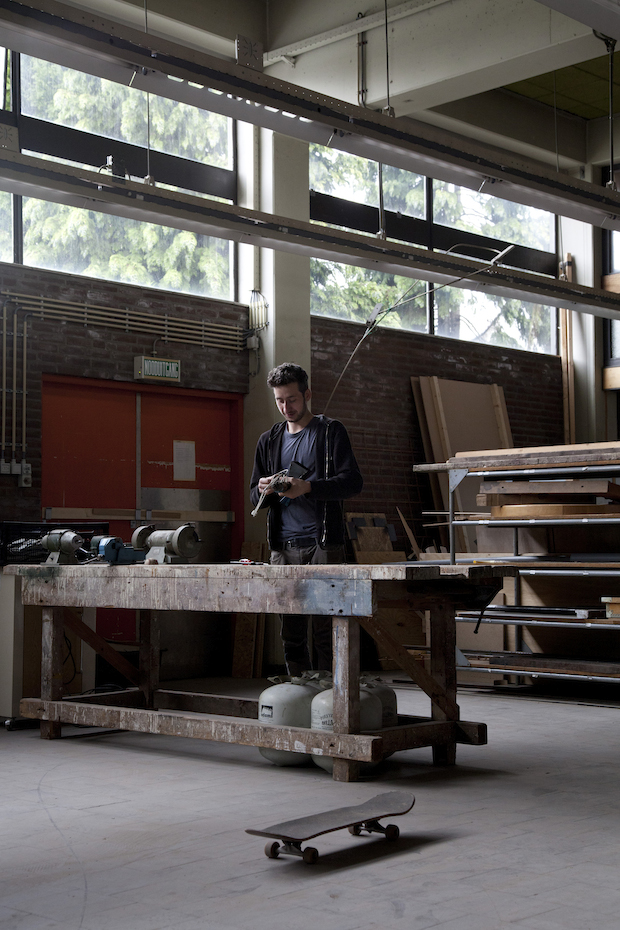
The amount of buzz, disruption and interest this simple idea has generated suggests that he’s on to something significant, but whether a modular industry like this is feasible remains to be seen. The current industry is pretty set in its ways and, from the size of the queues outside Apple stores on release day, shows no sign of changing in the immediate future. However the factors working in its favour are numerous. Perhaps the most serious among them is the dent this initiative could make on the amount of unnecessary waste we produce. “The goal is that we want this phone to be made,” says Hakkens.
This isn’t the only time that Hakkens has endeavoured to help us curb our wasteful tendencies. While getting the ball rolling on Phonebloks, Hakkens was also working on his Precious Plastic project, an initiative that came about after he discovered how little waste plastic we recycle: less than 10%. According to Hakkens, the public doesn’t want to use recycled plastic “because it might be filthy or have some sand in it, and that slows down the entire production”. To combat this, he built a workshop with machines that let people melt down, reshape and repurpose their waste plastic. It may not be as efficient as a giant factory line, pumping out dozens of plastic goods a second, but it places the power to affect change in the hands of individuals. “I think the world wants to do something with plastic but they don’t have the tools to work with it, so I'd rather provide them with the tools.”
However, like Phonebloks – which is more about asking people to reassess how they view electronics, than simply redesigning a phone – the primary objective with Precious Plastic isn’t to simply give people a new way of disposing of waste plastic, but to fundamentally change the way they think, as is the case with many conceptual design ideas. The project aims to transform the perception of plastic as a cheap, disposable material into a more workable, natural substance – into something that perhaps has more in common with craftsmanship. “You have a carpenter working with wood, but nothing local is made with plastic. I wanted to make tools so people can start doing that.” It’s about empowering people to take charge of sustainability as much as it’s about reducing plastic waste. “They understand where the plastic comes from and how it works and that they can melt it and actually do something themselves.”
Despite his youth, Hakkens seems to have a very clear picture of what a designer’s priorities should be. The physical objects that he creates are secondary to the ideas driving them. They’re vessels to encourage people to question established systems, and reassess the ways they think about the world. “If you imagine I’m just one guy, and I made a video and it went all over the world, and now I am talking to companies like Google. Just one guy, with one video, inviting all the people on Earth... we can do a lot of cool things.”
http://davehakkens.nl/
Originally printed in Protein Journal #13. Photos by Cleo Goossens.
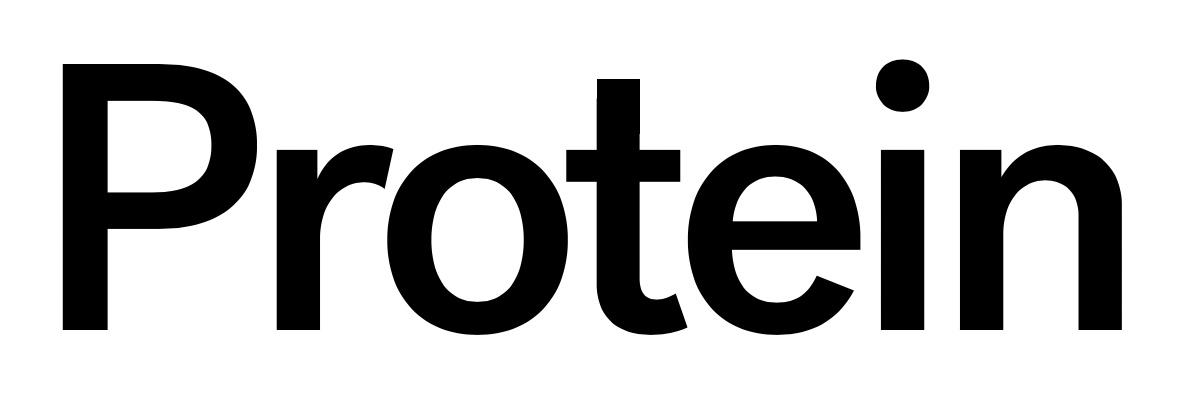


Discussion